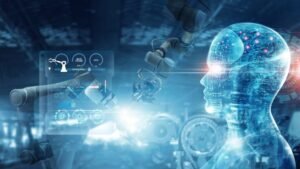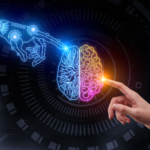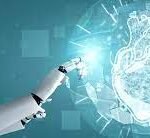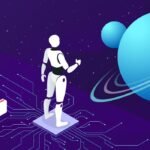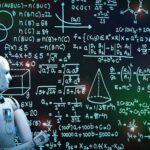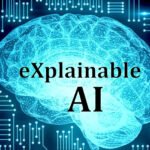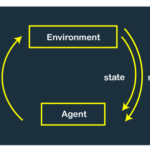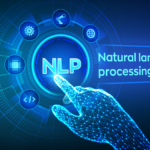AI in Language Education: AI-based language learning platforms and tools.
Language learning is an essential skill in our increasingly interconnected world, and as technology advances, so do the methods by which we acquire new languages. One of the most exciting developments in this field is the integration of Artificial Intelligence (AI) into language education. AI-based language learning platforms and tools are revolutionizing the way we learn languages, offering personalized experiences, real-time feedback, and immersive practice. In this blog, we’ll explore the transformative impact of AI in language education and delve into the ways these platforms are reshaping the language learning landscape.
Personalized Learning Pathways
Traditional language learning methods often follow a one-size-fits-all approach, which may not cater to individual strengths, weaknesses, or learning preferences. AI-powered language learning platforms, on the other hand, use data analysis and machine learning algorithms to create personalized learning pathways for each learner. These platforms consider factors such as the learner’s current proficiency level, preferred learning style, and progress trajectory to tailor lessons and exercises accordingly. This personalization enhances engagement and helps learners stay motivated as they see tangible progress.
Real-time Feedback and Pronunciation Improvement
Accurate pronunciation is a crucial aspect of language learning, and AI is stepping in to provide real-time feedback in this area. Language learning apps equipped with speech recognition technology can analyze a learner’s spoken language and offer instant feedback on pronunciation, intonation, and stress. This allows learners to practice speaking in a natural and authentic way, honing their language skills more effectively. Additionally, AI-powered platforms can identify common pronunciation errors specific to a learner’s native language, helping to address language-specific challenges.
Adaptive Content and Contextual Learning
AI-driven language learning tools are designed to adapt to a learner’s progress and evolving needs. These platforms dynamically adjust the complexity of content based on the learner’s proficiency level. For instance, if a learner excels in vocabulary but struggles with grammar, the platform will focus more on grammar exercises to provide targeted improvement. This adaptive approach ensures that learners are consistently challenged without feeling overwhelmed, resulting in a more efficient learning process.
Immersive Learning Through AI
Language acquisition often thrives in immersive environments. AI-powered platforms create immersive experiences by simulating real-world scenarios and contexts. For instance, chatbots with natural language processing capabilities engage learners in conversations, allowing them to practice in a low-pressure setting. Some platforms also use AI to generate context-rich exercises, such as translating news articles or participating in simulated dialogues, which enhance comprehension and retention.
Continuous Learning and Progress Tracking
Learning a language is a journey that requires consistency and dedication. AI-based platforms offer tools to help learners maintain momentum. These platforms can send regular reminders, suggest bite-sized exercises for busy schedules, and track progress over time. By visualizing their progress and achievements, learners are motivated to keep advancing in their language skills.
Ethical Considerations and Future Prospects
While AI-driven language learning platforms offer numerous benefits, it’s important to address ethical considerations such as data privacy and potential biases in content selection. Striking a balance between AI assistance and human interaction is also crucial to ensure that learners receive a well-rounded education that includes cultural nuances and complex language use.
Looking forward, the future of AI in language education holds exciting possibilities. As AI continues to improve its natural language understanding, platforms may develop even more advanced conversation simulations and language exchange experiences.



